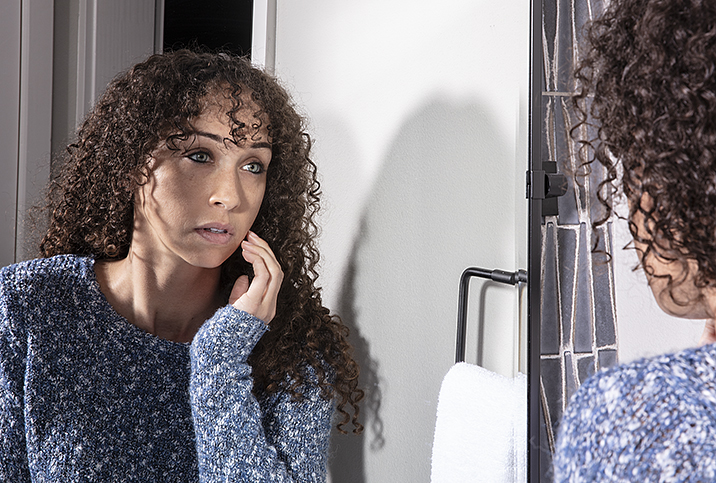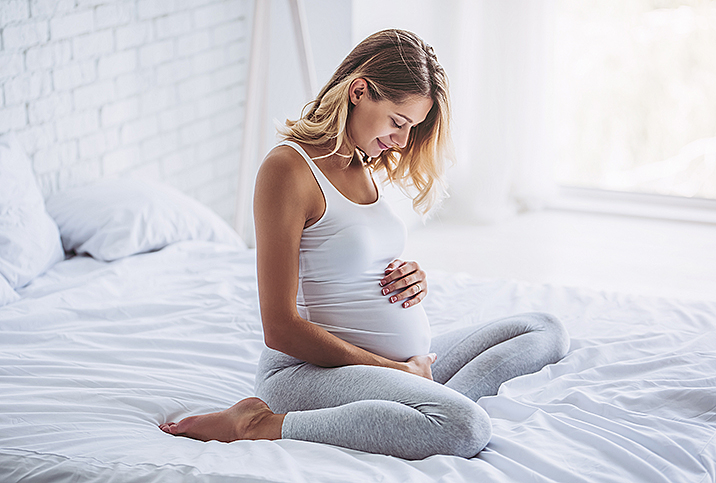How to Monitor Yourself for Preeclampsia

Preeclampsia is a complication of pregnancy linked with high blood pressure and damage to the liver, kidneys or other organ systems.
Starting at 20 weeks of pregnancy, mothers-to-be—even those who have previously had normal blood pressure—should stay vigilant for signs of preeclampsia (PE) and related high blood pressure. The Centers for Disease Control and Prevention (CDC) reports that PE affects about 1 in 25 pregnancies in the United States.
What do I look for?
High blood pressure is definitely the main symptom of preeclampsia, but the Mayo Clinic lists several other potential symptoms:
- Swelling of the face or hands
- Sudden weight gain
- Blurred vision/light sensitivity
- Severe headache/fatigue
- Signs of kidney problems/decreased urine output
- Impaired liver function
- Decreased level of blood platelets (thrombocytopenia)
- Upper abdominal pain
- Vomiting/nausea
- Shortness of breath/fluid in the lungs
Pregnant women should particularly be alert if they have any of the following factors, which may put them at higher risk:
- Family or personal history of PE
- Chronic hypertension before pregnancy
- First-time pregnancy
- Pregnancy accomplished through in vitro fertilization
- Very young
- 35 or older
- Carrying twins, triplets or other multiples
- Type 1 or 2 diabetes, kidney disease or history of blood clots
- Body mass index (BMI) over 30
- Fewer than two years, or more than 10, since a prior child’s birth
- Black women
- Native American/Alaskan Native women
After the 20th week of pregnancy, preeclampsia can be diagnosed if high blood pressure (in excess of 140/90 mm Hg) occurs along with other symptoms or complications.
Bloodwork will determine organ functions and measure platelets, which are the cells that help blood clot. A nonstress test or biophysical profile (BPP), done by ultrasound, will monitor the baby’s well-being and the uterus’ amniotic fluid, and a urine analysis will measure protein content.
What are options for treatment?
Delivering the baby is the only solution for preeclampsia.
Doctors can recommend treatments or prescribe medications to help prolong the pregnancy and so improve the outcome, increasing the chances of survival and healthy delivery for both mother and baby. However, once PE has been diagnosed, there is no cure. From that point on, the mother’s health and baby’s health must be constantly monitored and balanced.
Preterm birth is sometimes required to save the mother’s or baby’s life.
After delivery, the mother is still at risk for preeclampsia and other hypertensive disorders; thus, it is crucial that mothers continue to check in with their healthcare professionals for at least six weeks after delivery.
Patients can also help doctors with an early diagnosis by providing information and a list of medications, asking questions, eating right, keeping calm, being aware of symptoms, resting and even taking extra vitamins or supplements. Most important, regular physician checkups are a must.
Following a physician’s instructions and staying aware of any symptoms can help a woman avoid preeclampsia or get it treated early enough to make a significant difference. That’s good news for both mother and baby.
















